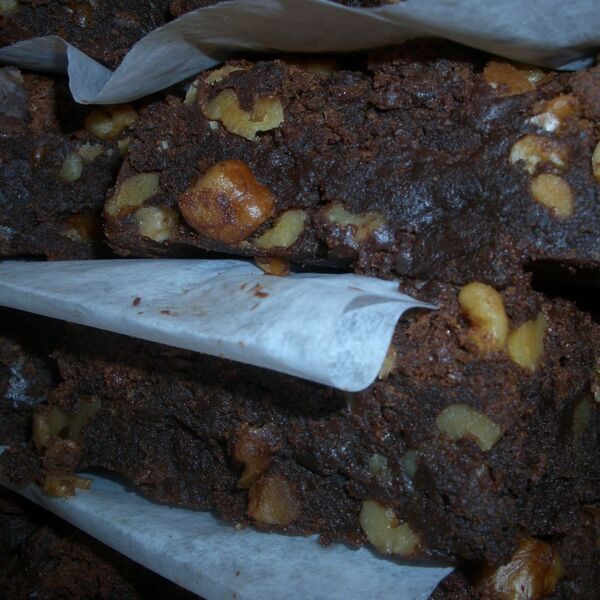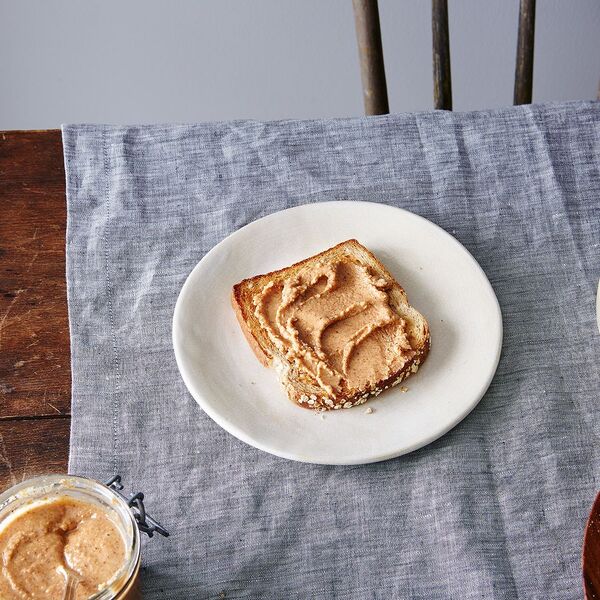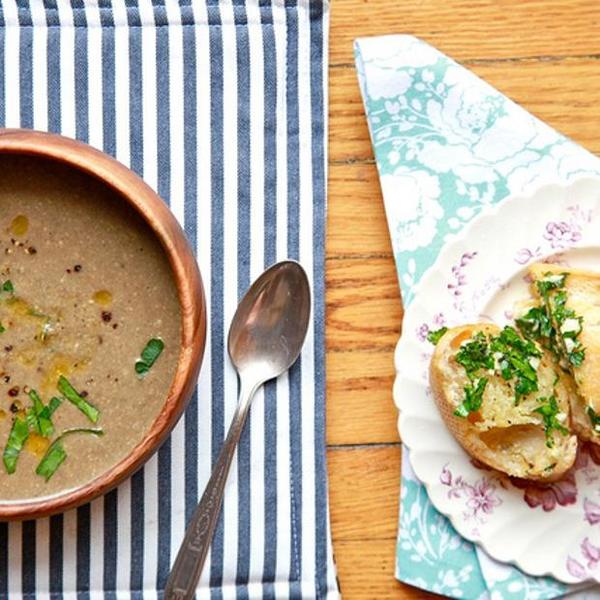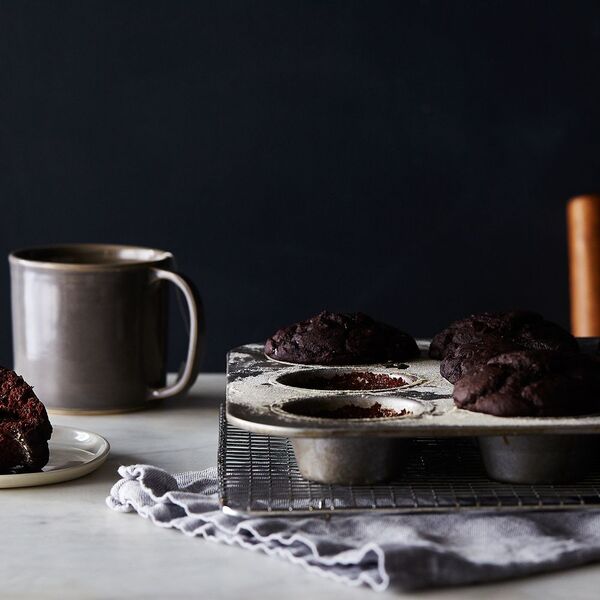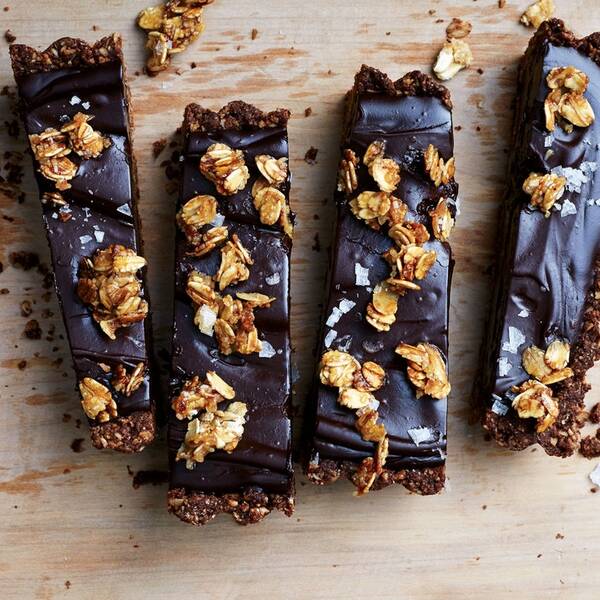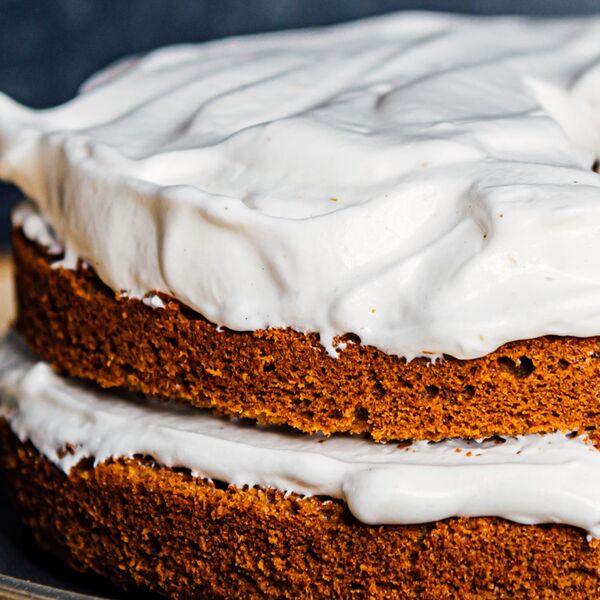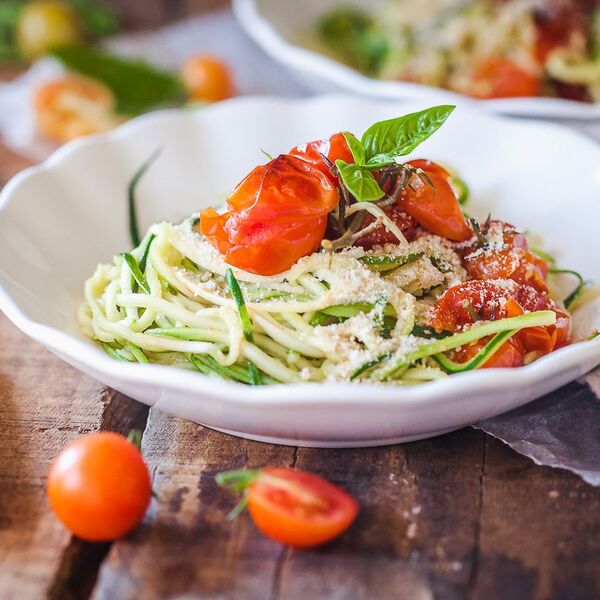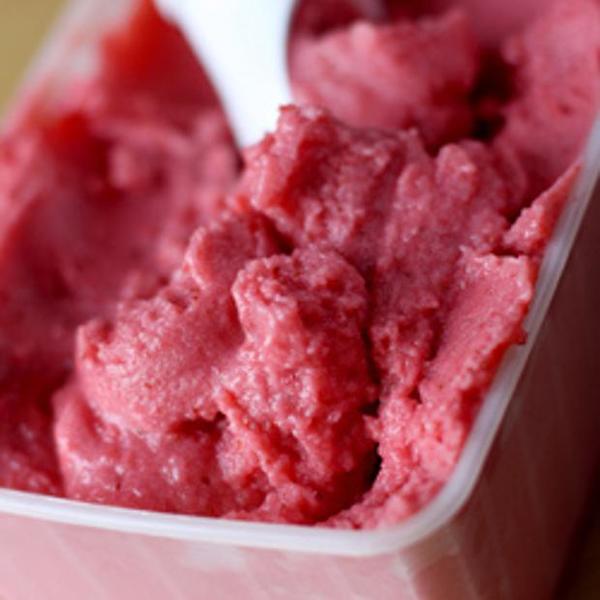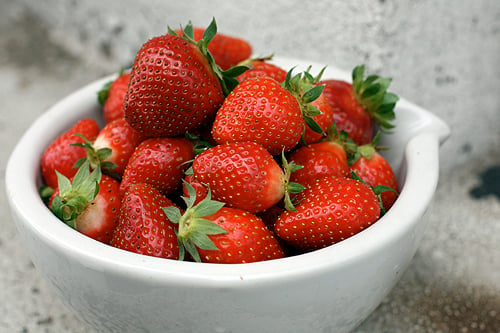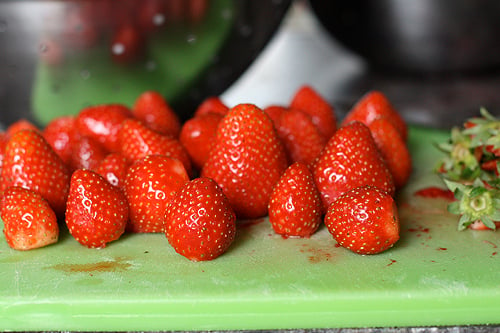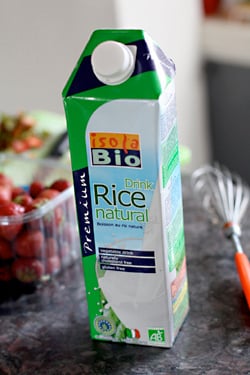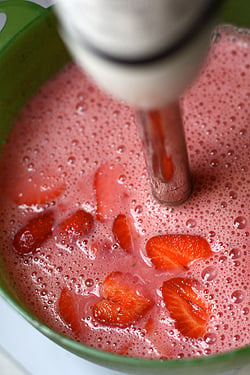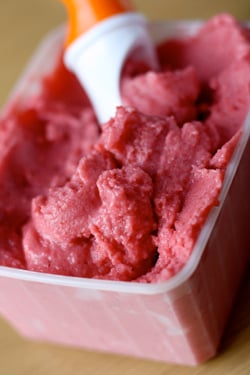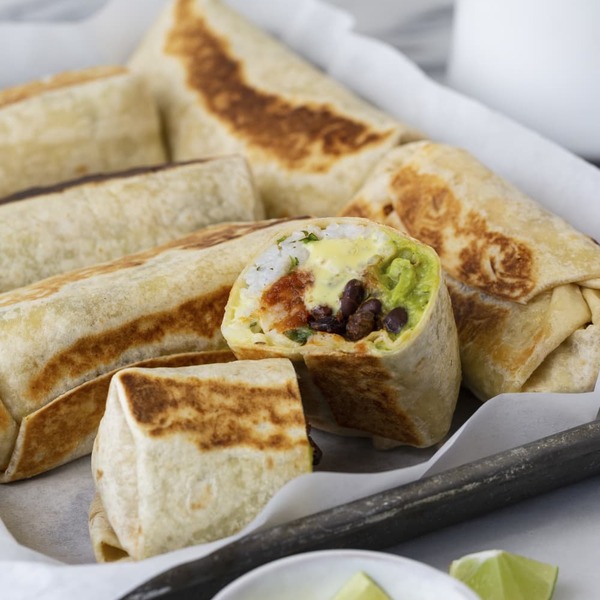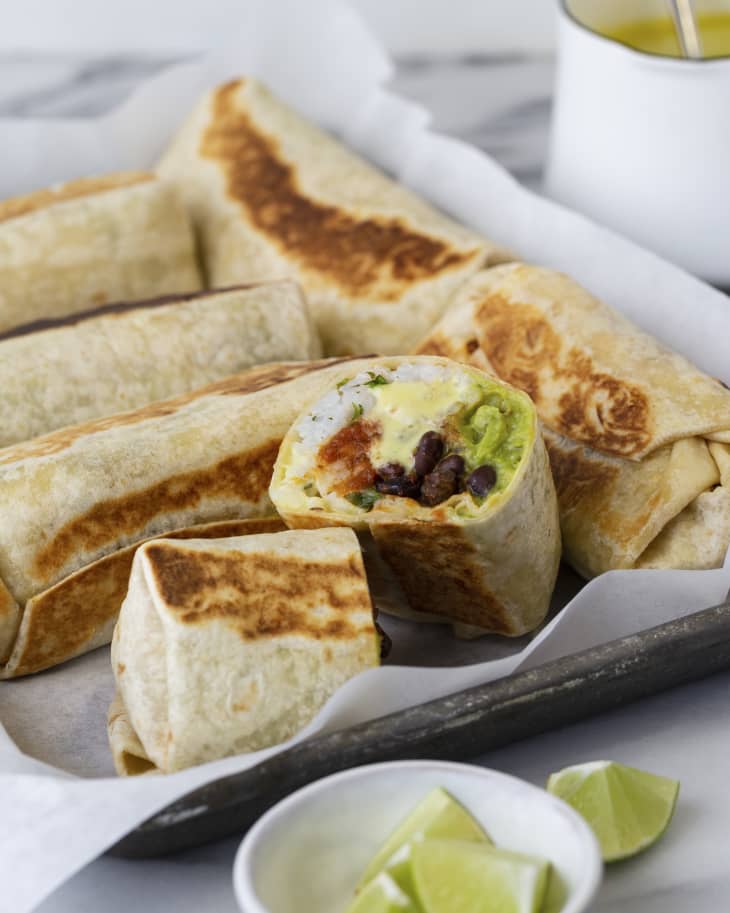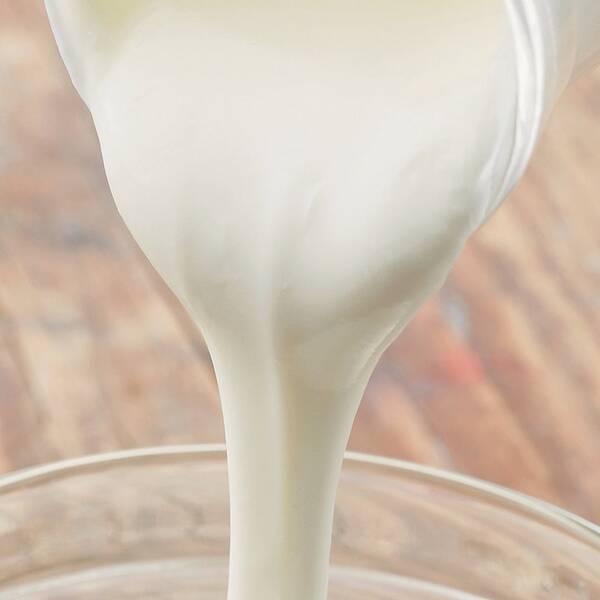
Do you have things in your head like the look of your dream house? Your dream wedding dress? Do you have the names of your nonexistent children all picked out?
I don’t have that. Like… at all.
Sometimes I feel like there’s a strange void in my girlbrain. But… I dunno.
So. At least there’s that.
I didn’t even like mushroom until a few years ago…. now here I am cooking down a whole pot of them.
They’re so pretty…. and they’re about to turn into a delicious brown gray mush.
This soup is creamy but vegan. Get with the program.
I blended raw cashews with water creating a rad Cashew Cream.
See what’s happening here? Divine.
Blended cashews help create a creamy, but still earthy soup. The soup doesn’t taste like mushroom and cashews blended up. Nope. The cashews disappear and just add a creaminess and very subtle sweetness.
The soy sauce and Worcestershire sauce in the soup really compliment the earthiness of the mushrooms. This soup is very simple and I think it’s just delicious.
Soup sucks without bread. I mean… come on.
Because I’m not actually vegan, I made a ridiculous herby garlic bread to go with my perfectly vegan soup.
So wrong. I know.
It was crazy good and I don’t feel bad at all.
Vegan Cream of Mushroom Soup with Cashew Cream
Makes about 6 cups
Print this Recipe!
For the Soup:
2 tablespoons olive oil
1 medium yellow onion, chopped
3 garlic cloves, minced
1 pound cremini mushrooms, cleaned and sliced
1 tablespoons soy sauce (I used Bragg’s Amino Acids)
1 tablespoon Worcestershire sauce (vegan please)
about 1 teaspoon coarse ground black pepper
3 cups vegetable broth
salt to taste
For the Cashew Cream:
1/2 cup raw cashews
1/2 cup water
*Substitute Cashew Cream with 3/4 cup half and half or 8 ounces of silken tofu
In a large pot, heat olive oil over medium heat. Add onions to hot oil and saute until translucent and slightly browned, about 5 minutes. Add garlic, stir, and cook for 1 minute more. Add the mushrooms, soy sauce and Worcestershire sauce and cook until mushrooms are cooked and broken down, about 5 minutes. Stir occasionally. Add cracked pepper and vegetable stock and cook at a simmer until mushrooms are completely soft. This took me about 10 to 15 minutes.
While the soup simmers, prepare the cashew cream. In a blender, combine raw cashews and water. Blend on high until smooth. Pour into a measuring cup and set aside. Don’t worry about washing the blender… we’re going to use it to blend the soup.
When mushrooms are cooked through, add about one third of the soup to the blender. Hot soup rises high in the blender so definitely be careful how high you fill the blender. Blend soup on low, increasing the speed to high, until no large mushroom chunks remain. Pour blended soup into a clean pot or large bowl. Blend the remaining soup in batches. *If using silken tofu instead of cashew cream. Blend the silken tofu in with the mushrooms and broth.
Add the cashew cream to the blended soup and stir to incorporate.
Place a fine mesh strainer over the pot that you cooked the soup in. In batches, pour the blended soup into the fine mesh strainer and work the soup through the strainer with a rubber spatula. Don’t use a wooden spoon… you could get splinters in your soup… seriously. Heat and serve the strained soup. Or place in a freezer safe container for a few weeks down the road.
Not So Vegan Herb Bread
1 fresh baguette
3 tablespoons unsalted butter, softened
3 tablespoons coarsely chopped parsley
1 clove garlic
1 tablespoon olive oil
3 tablespoons fresh grated Parmesan cheese
salt and pepper to taste.
Place a rack in the upper third of the oven and preheat to 350 degrees F.
On a clean cutting board, use a fork to mash together softened butter, garlic, and chopped parsley. Once incorporated, drizzle the olive oil over the butter mixture and work in the olive oil. Add the Parmesan cheese, salt and pepper and incorporate with the fork.
Slice baguette into thick slices, not slicing all the way through the loaf, but keeping the slices connected. Spread parsley butter in between bread slices. Wrap baguette in foil and bake for 10 minutes, or until butter is melted and fragrant.
Remove from the oven and serve immediately.
Read More


